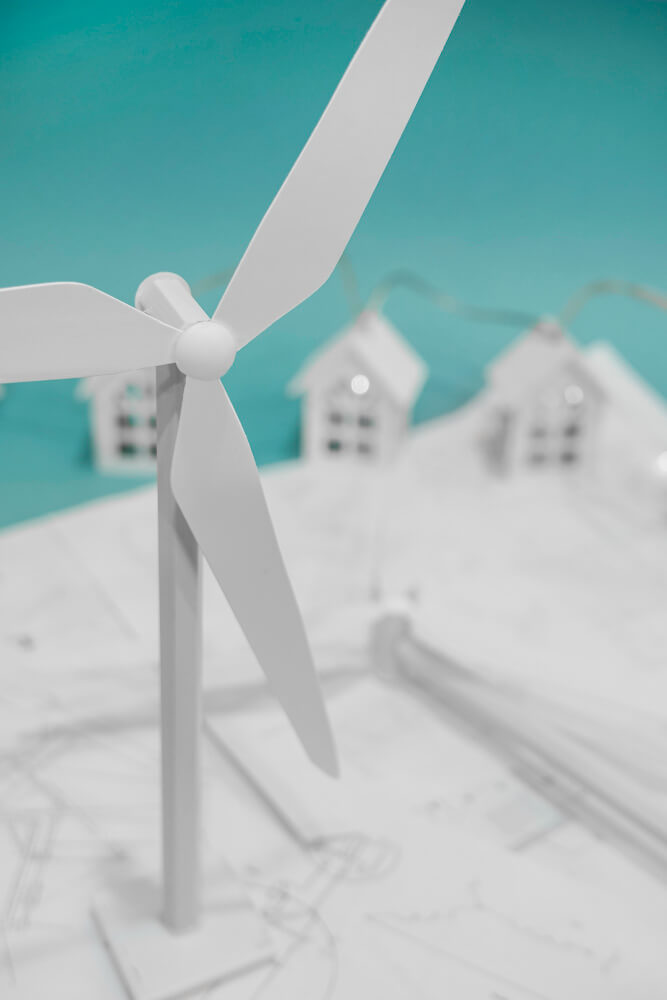Revolutionizing Energy Management with 3D Printing

3D Printing: An Energy Revolution
we recognize the transformative power of 3D printing and its potential to reshape the way we manage energy. Join us on a journey through the innovative realm of 3D printing for energy applications, where we explore its profound impact on renewable energy, efficient design, and sustainability.
Advantages of 3D Printing in Energy

Rapid Prototyping
3D printing enables the swift creation of physical prototypes, allowing for design validation and testing before full-scale production. This agility reduces development time and fosters innovation.

Customization and Complex Geometries
Unlike traditional manufacturing processes, 3D printing offers design freedom, facilitating the creation of energy devices tailored to specific project requirements. It excels in producing components with intricate and complex geometries.

Reduced Waste and Increased Sustainability
Precise material control in 3D printing results in minimal material waste. Moreover, the technology supports the use of recycled or biodegradable materials, promoting sustainability. Localized production reduces transportation costs and emissions.

Cost-effectiveness and Accessibility
3D printing eliminates expensive tooling costs, creates complex parts in a single build, and enables on-demand production. This not only reduces costs but also enhances accessibility, particularly in remote areas.

Renewable Energy Projects
3D printing is already making significant contributions to renewable energy projects across various sectors.Solar Power

Energy Storage
Customized battery designs and 3D-printed fuel cells and electrolyzers optimize energy storage solutions.3D printing facilitates the creation of complex components for nuclear products, improving efficiency and cost-effectiveness.

The Energy Sector's Vital Role
The energy sector is the lifeblood of modern society, fueling our homes, businesses, and industries. It drives economic growth, fosters innovation, and supports our daily lives. However, the environmental toll of traditional energy sources cannot be ignored, contributing to greenhouse gas emissions and climate change. To counter these challenges, the transition to renewable energy sources is imperative. This transition not only reduces emissions but also promotes sustainability, public health, and national security.
3D printing revolutionizes the construction of renewable energy infrastructure. Wind turbine components, such as blades and towers, can be efficiently manufactured with intricate designs that enhance energy capture. Solar panels benefit from 3D-printed frames and mounts that optimize their positioning for maximum sunlight exposure.
The energy sector can leverage 3D printing to create customized energy solutions. For example, in remote or off-grid areas, 3D-printed microgrids can be tailored to specific energy needs, providing clean and reliable power to communities without extensive infrastructure.
Smart grids play a crucial role in energy management. 3D printing can fabricate intricate components for smart grids, such as sensors and communication devices, enhancing their efficiency and reliability. These components aid in real-time energy monitoring and optimization.

3D Printing's Potential to Transform Energy
3D printing holds the promise of transforming the energy sector in multifaceted ways. Its design flexibility, rapid prototyping capabilities, and efficiency improvements make it a driving force in renewable energy adoption and existing energy system enhancement. By harnessing the power of 3D printing, we can accelerate the deployment of renewable energy sources, reduce energy infrastructure maintenance costs, and increase the efficiency of energy systems.
